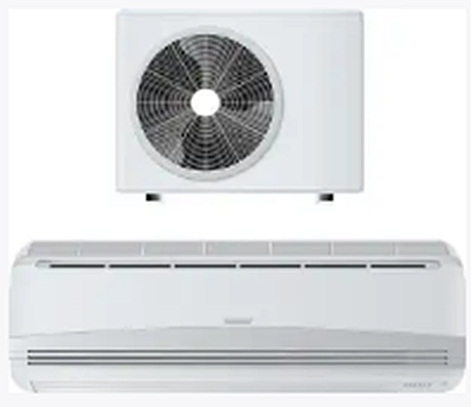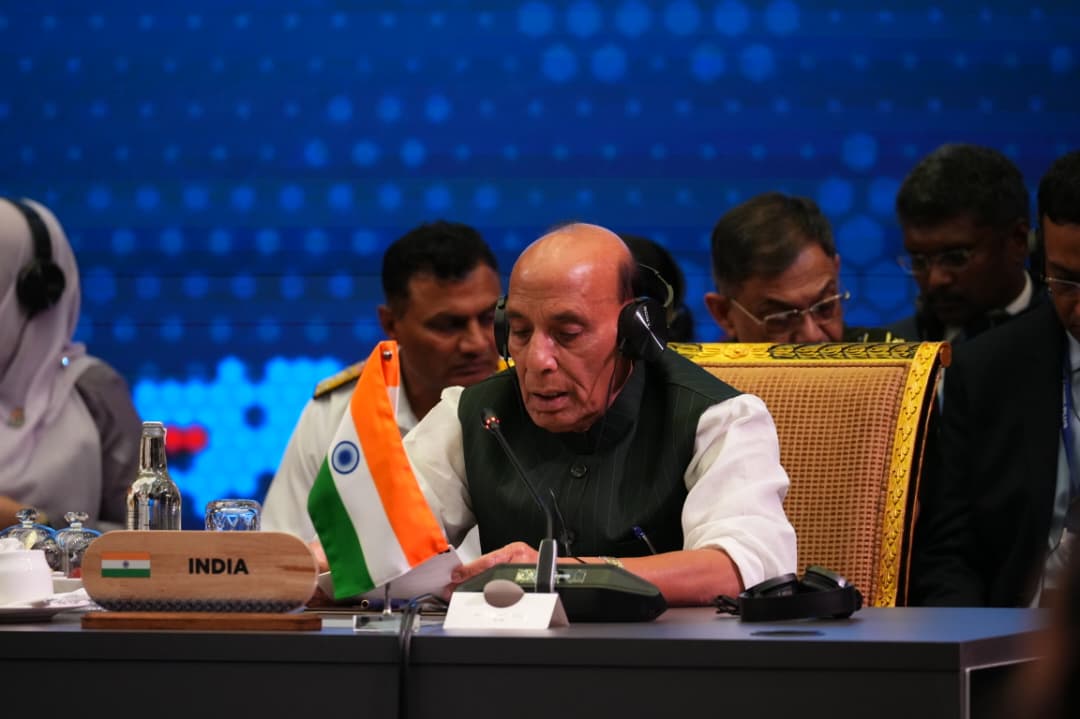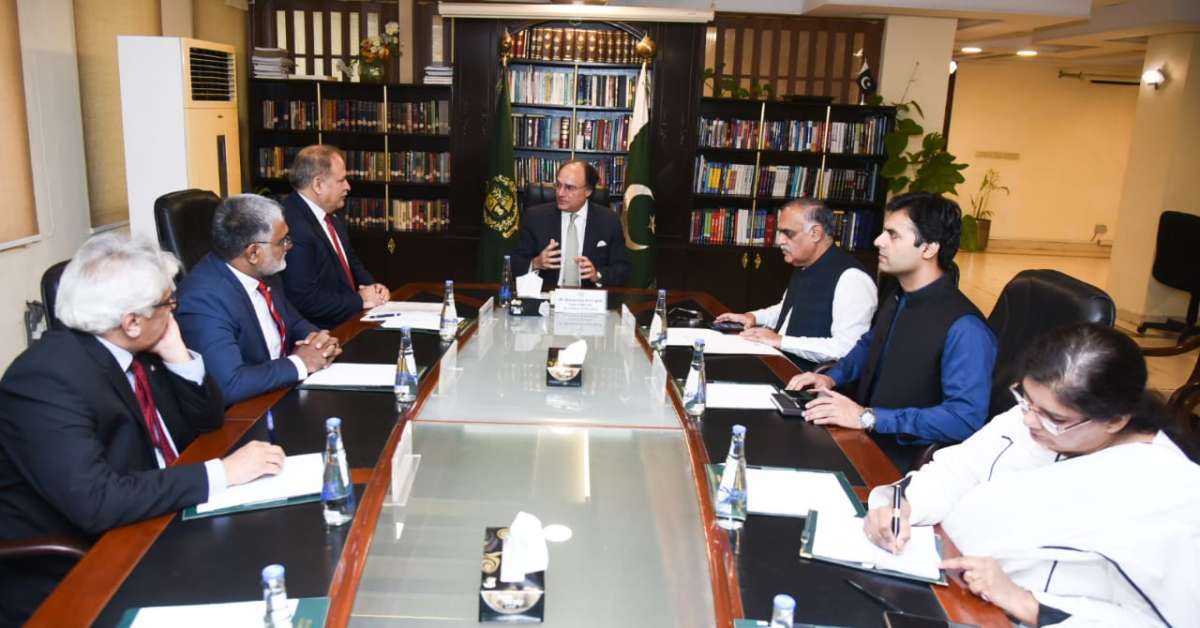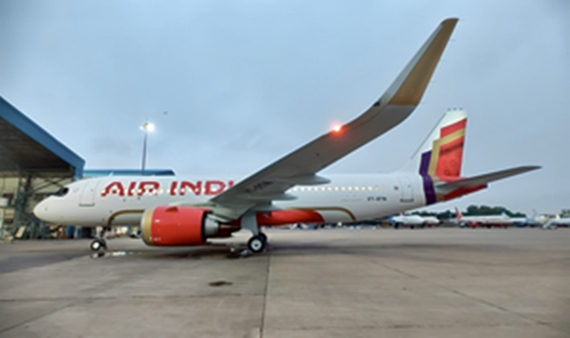Upon closer examination, the composition of investments revealed that in FY23, the public sector’s share of the Gross Capital Formation (GCF) stood at 22%, while the private sector, including corporations and households, made up the majority of the overall GCF….reports Asian Lite News
The Indian economy is among the few in the region where investment rates rose between 2015 and 2023, a report showed on Monday.
The broad narrative around the pick-up in the investment upcycle is that it is driven mostly by the public sector, led by the Central government, according to a research note by DBS Bank.
According to Radhika Rao, Executive Director and Senior Economist, and Daisy Sharma, Data Analytics, DBS Bank, the private sector has led the pickup in capital formation post-pandemic, driven by households.
“Overall gross capital formation (GCF) rose to 33 per cent of nominal GDP in FY24, better than in recent years but still lower than a decade ago,” the report mentioned.
Digging deeper, the composition of investments showed that the share of the public sector in GCF was at 22 per cent in FY23, with the rest accounted for by the private sector – corporates and households – making up the bulk of the overall GCF.
Within the private sector, households led the pack with a 40 per cent share in FY23, followed by non-financial corporates at 37 per cent.
“Household investments rose to the highest in a decade in FY23 and, alongside corporates, totalling 25 per cent of GDP. Public sector financial as well as non-financial entities and general government comprise the rest 7 per cent of GDP,” read the note.
According to the note, dwellings and buildings have been at the forefront, also reflecting higher public sector participation.
“An upturn in machinery and equipment is a work in progress. We see similar stirrings in the sectoral breakdown as well. Lastly, we construct a multivariate regression model to gauge the drivers and outlook of gross fixed investments,” said Rao.
Meanwhile, the Ministry of Commerce and Industry announced on Monday that the application window for the production-linked incentive (PLI) scheme for white goods (ACs and LED Lights) is being reopened “based on the appetite of the industry to invest more under the scheme.”
The ministry said this was an outcome of the growing market and confidence generated due to the manufacturing of key components of ACs and LED Lights in India under the PLI scheme for white goods.

The application window is being opened on the same terms & conditions stipulated in the PLI white goods scheme notified on April 16, 2021, and the guidelines issued on June 4, 2021, as amended from time to time, the ministry said in a statement.
The application window for the scheme will remain open for the period from July 15, 2024, to October 12, 2024 (inclusive) on the same online portal having the URL as https://pliwhitegoods.ifciltd.com/. No application will be accepted after the closure of the window, the statement added.
In order to avoid any discrimination, both new applicants as well as existing beneficiaries of the PLI white goods scheme who propose to invest more by way of switching over to a higher target segment or their group companies applying under different target segments would be eligible to apply subject to fulfilling the eligibility conditions and adhering to the investment schedule as mentioned in the guidelines of the scheme.
The applicant approved in the proposed third round would be eligible for PLI for a maximum period of three years only in the case of new applicants and existing beneficiaries opting for an investment period up to March 2023 seeking to move to a higher investment category. Existing beneficiaries opting for an investment period up to March 2022 seeking to move to a higher investment category in the proposed third round would be eligible for PLI for a maximum of two years only.
Existing beneficiaries opting for the above, in case they are not able to achieve the threshold investment or sales in a given year, will be eligible to submit the claims as per their original investment plan. However, this flexibility will be provided only once during the scheme period.
Further, to maintain liquidity in the business, better working capital management, and enhance the operational efficiency of beneficiaries, it has been decided to introduce the system of quarterly claims processing of PLI in place of processing of claims on an annual basis. Necessary amendments are incorporated in the Scheme Guidelines to clarify the above.
So far, 66 applicants with committed investments of Rs 6,962 crore have been selected as beneficiaries under the PLI scheme. Daikin, Voltas, Hindalco, Amber, PG Technoplast, Epack, Mettube, LG, Blue Star, Johnson Hitachi, Panasonic, Haier, Midea, Havells and Lucas, are among the companies manufacturing components of Air conditioners (ACs).
Similarly, in manufacturing components of LED lights, companies like Dixon, RK Lighting, Crompton Greaves, Stove Kraft, Chenfeng, Luker and Fulham etc, have invested. These investments will lead to the manufacturing of components of Air Conditioners and LED Lights across the complete value chain including components which are not manufactured in India presently with sufficient quantity.
The Union Cabinet had given approval for the PLI Scheme for White Goods for the manufacture of components and sub-assemblies of Air Conditioners (ACs) and LED Lights on April 7, 2021, as part of Prime Minister Narendra Modi’s ‘Atmanirbhar Bharat’ drive to bring manufacturing at the centre stage and emphasise its significance in driving India’s growth and creating jobs. The Scheme is to be implemented over a seven-year period, from FY 2021-22 to FY 2028-29 and has an outlay of Rs 6,238 crore.
ALSO READ: Industry Calls for Infrastructure Boost in Upcoming Union Budget














